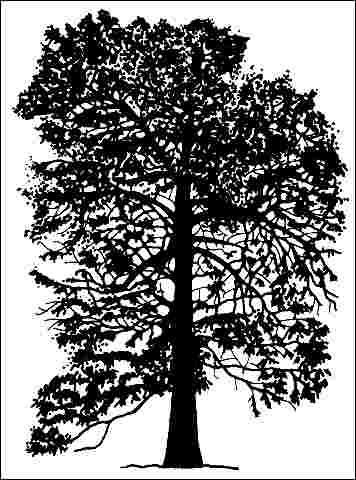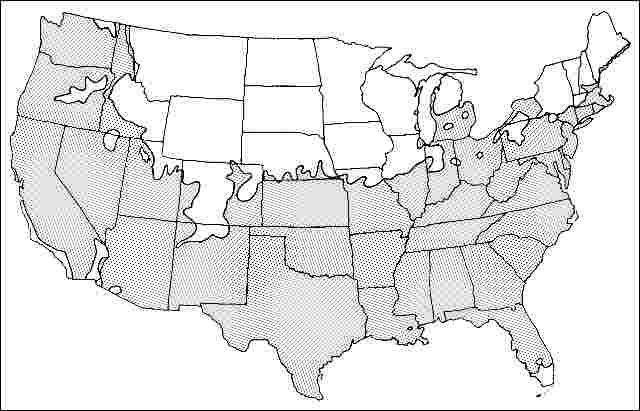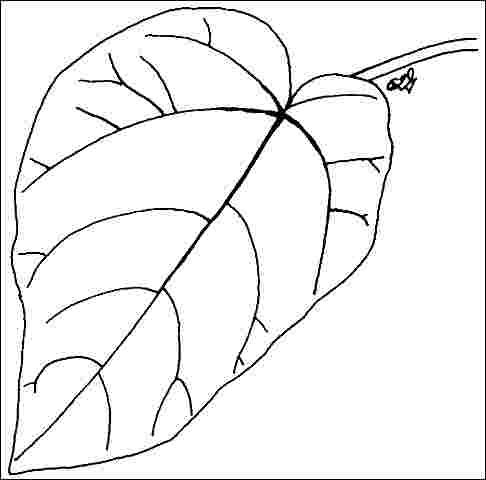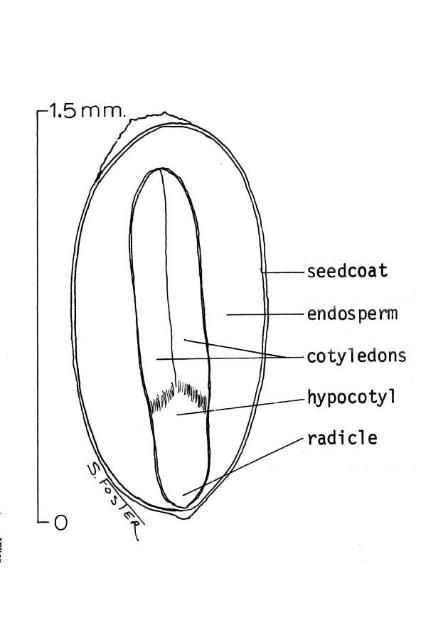Introduction
This native of China gives a most dramatic, coarse-textured appearance, with its huge heart-shaped leaves and large clusters of lavender flowers in the spring. Flowers are borne before leaf emergence so they stand out nicely, especially against an evergreen background. With a rapid growth rate, Princess-Tree can reach 50 feet in height with an equal spread in an open landscape. Most trees are seen 30 to 40 feet tall and wide. It thrives best in deep, moist but well-drained soil, sheltered from the wind, and has become naturalized in many parts of the South. Fuzzy, brown flower buds form in early autumn, persist over the winter, and bloom in early spring. Buds may freeze in very cold weather and drop off. Woody seed capsules form in autumn containing up to two-thousand seeds. They persist through the winter. Seeds germinate readily in the landscape and wherever they are carried. Leaves drop within one week following the first frost in autumn.

General Information
Scientific name: Paulownia tomentosa
Pronunciation: pah-LOE-nee-uh toe-men-TOE-suh
Common name(s): Princess-Tree, Empress-Tree, Paulownia
Family: Scrophulariaceae
USDA hardiness zones: 5B through 9B (Figure 2)
Origin: not native to North America
Invasive potential: invasive non-native
Uses: urban tolerant; reclamation
Availability: not native to North America

Origin: not native to North America
Invasive potential: According to the IFAS Assessment of Non-Native Plants in Florida's Natural Areas (IFAS Invasive Plant Working Group 2008), Paulownia tomentosa is invasive and not recommended in Florida (to see if any exceptions for specified and limited use have been approved since publication, check the Conclusions Table at: http://plants.ifas.ufl.edu/assessment/conclusions.html).
Uses: urban tolerant; reclamation
Availability: not native to North America
Description
Height: 40 to 50 feet
Spread: 40 to 50 feet
Crown uniformity: irregular
Crown shape: vase, round
Crown density: moderate
Growth rate: fast
Texture: coarse
Foliage
Leaf arrangement: opposite/subopposite (Figure 3)
Leaf type: simple
Leaf margin: entire
Leaf shape: ovate, cordate
Leaf venation: palmate, pinnate
Leaf type and persistence: deciduous
Leaf blade length: 4 to 8 inches, 8 to 12 inches
Leaf color: green
Fall color: no color change
Fall characteristic: not showy

Flower
Flower color: lavender
Flower characteristics: very showy

Credit: William S. Justice @ USDA-NRCS PLANTS Database
Fruit
Fruit shape: oval
Fruit length: 1 to 3 inches
Fruit covering: dry or hard
Fruit color: brown
Fruit characteristics: does not attract wildlife; showy; fruit/leaves a litter problem

Credit: Suzanne Foster @ USDA-NRCS PLANTS Database
Trunk and Branches
Trunk/bark/branches: branches droop; not showy; typically one trunk; thorns
Pruning requirement: needed for strong structure
Breakage: susceptible to breakage
Current year twig color: brown
Current year twig thickness: thick
Wood specific gravity: unknown
Culture
Light requirement: full sun, partial sun or partial shade
Soil tolerances: sand; loam; clay; acidic; slightly alkaline; occasionally wet; well-drained
Drought tolerance: moderate
Aerosol salt tolerance: moderate
Other
Roots: can form large surface roots
Winter interest: no
Outstanding tree: no
Ozone sensitivity: tolerant
Verticillium wilt susceptibility: unknown
Pest resistance: free of serious pests and diseases
Use and Management
Close-grained Paulownia wood has become extremely valuable during the last 15 years. It may be the highest priced saw timber in the country at this time. It is exported to Japan where it is milled into furniture and jewelry boxes. The wood is very lightweight and makes good crating material.
Princess-Tree should be planted where falling flowers and leaves are not objectionable. In some areas, the tree is often considered a "weed" tree, and has naturalized in the edge of woodlands. If it is planted, consider placing it in a park or other open-space area.
Diseases
It has no known insect enemies.
There have been occasional reports of problems with mildew, leaf- spot and twig canker.
Literature Cited
Fox, A.M., D.R. Gordon, J.A. Dusky, L. Tyson, and R.K. Stocker. 2008. IFAS Assessment of Non-Native Plants in Florida's Natural Areas: Status Assessment. Cited from the Internet (November 16, 2012), http://plants.ifas.ufl.edu/assessment/pdfs/status_assessment.pdf